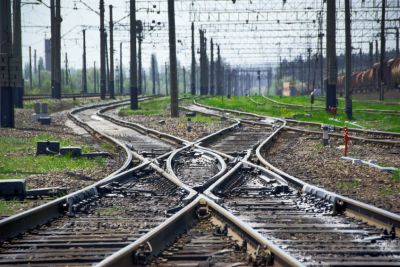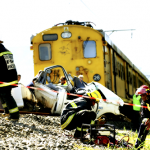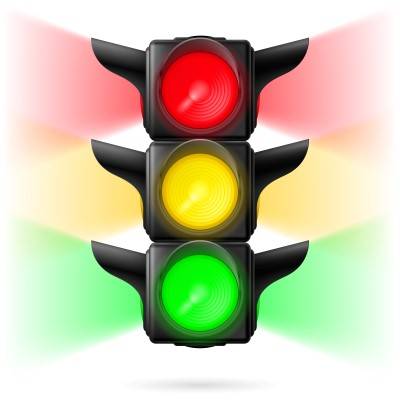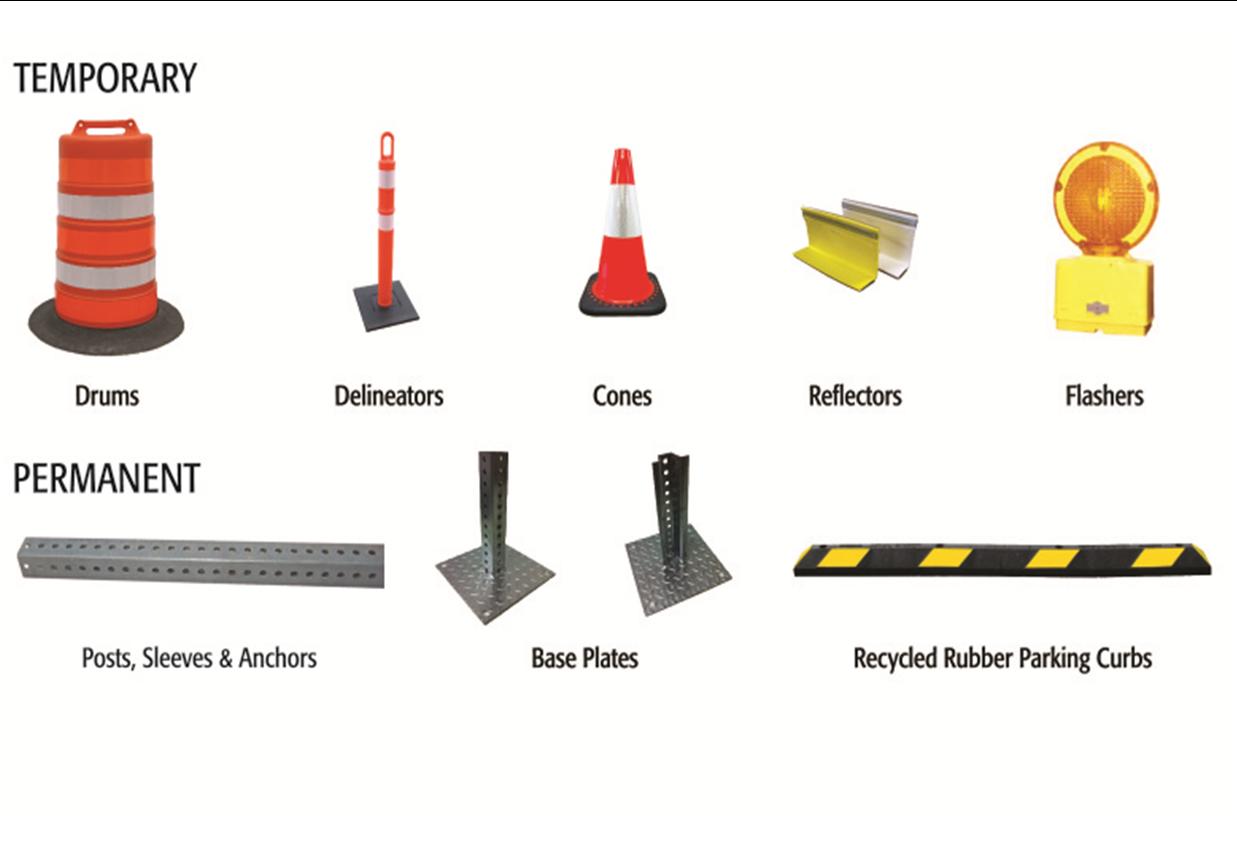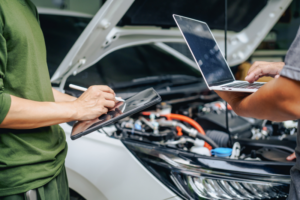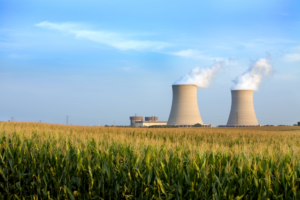Trains are massive, moving power-plants that require a complex support structure to operate. They move across diverse terrain, through good and bad weather, while avoiding interaction with vehicle and pedestrian traffic. According to the Association of American Railroads (AAR), there are approximately 210,000 grade crossings in the U.S. for these trains to cross. In their April 2013 Highway Rail Grade Crossing Safety Report they state: “Grade crossings are equipped either with train-activated ‘active warning devices’ (such as gates and flashing lights) or with ‘passive warning devices’ (such as crossbucks, stop signs, and yield signs). Trains often require a mile or more to stop, and they can’t deviate from their course. That’s why safety at grade crossings is almost solely a motorist responsibility. The warning devices are there to protect motorists, not trains.” Thankfully, due to these safety devices, the grade-crossing collision rate has fallen by 82 percent between 1980 and 2012.
When railroad accidents occur, they are often complex, with numerous contributing factors. Key issues in these cases may include visibility, perception-reaction time, safe speed, intricate circuit timing, and mechanical failures. Thus, a thorough evaluation of a train accident may require a multi-disciplinary approach utilizing experts in the fields of mechanical, electrical, and civil/structural engineering, as well as material science and human factors.
A complete accident reconstruction of a train collision strives to understand the actions of all involved parties and the effects of all contributing factors. Although a mechanical engineer may determine the speed of a vehicle before impact, a civil engineer would evaluate the structural integrity or design effectiveness of a roadway bridge that was impacted by a train or a railway bridge that was struck by another moving asset such as a tug or barge. Also, determination of the structural integrity of the railroad tracks themselves could require a material science expert, while the underlying rail supports, ties and foundation, would need to be evaluated by a civil engineer.
In addition to providing engineering expertise, a railroad expert must be able to evaluate the training programs and management practices of the parties involved. A detailed analysis of maintenance programs, practices, and procedures may bring to light other contributing factors in the accident.
Also, many claims and litigation involve passengers or crew and maintenance staff injured on the job. In these instances, biomechanical engineering experts evaluate injuries sustained and mechanical engineers qualify the actions/forces that caused the accident.
When passengers and employees allege falls, mechanical engineering experts utilize the English XL slipmeter to help quantify the slip resistance of railcar and station flooring. Slipperiness is measured on a scale of 0-1, and the data are regularly admitted into court.
Occasionally, injuries are sustained by material failures, such as steps and handrails giving way. A metallurgist analyzes a failed bolt used to secure a step and determines the material quality, overloading, or excessive tightening of the bolt. A mechanical or biomechanical engineer can then look at the human factors aspect of the fall from the steps.
Mechanical engineers also evaluate design of machinery, removal of guards, lack of interlock devices, or operator error which may be contributing factors in maintenance accidents. During these investigations, the engineer or human factors expert utilizes machine design, safety training, maintenance records, and an operator’s assigned tasks to determine the root cause.
Featured Engineer: Thomas Hannon, P.E., CFEL, CVFI, CFPS Mechanical Engineer
Submit a case or claim online.
Contact a CED Engineer in your region.
